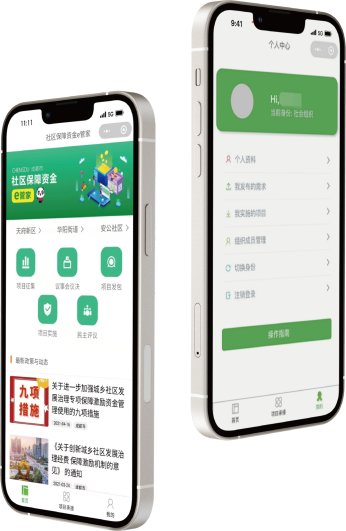成都参与式预算研究
Researches on Chengdu PB
成都参与式预算起源于2007年,是区(市)县级财政在年初预算中安排给城乡社区,用于社区公共服务和社区发展治理项目的专项资金。按照宣传动员、党组织组织提议、议事会民主议决、实施监督、村(居)委会组织实施、党组织开展评议6大步骤开展,
PB was first introduced in Chengdu in 2007, as a part of local reform to bridge the gap between the rural and urban areas in terms of public service quality.
There are six steps to go through the process:
1.Publicity2.Demands survey3.Sorting and deliberation
4.Voting 5.Implementation 6.Supervision and Evaluation
Scale:
3000+ communitiesMillions of participants
30 thousands projects a year230 million USD annually





